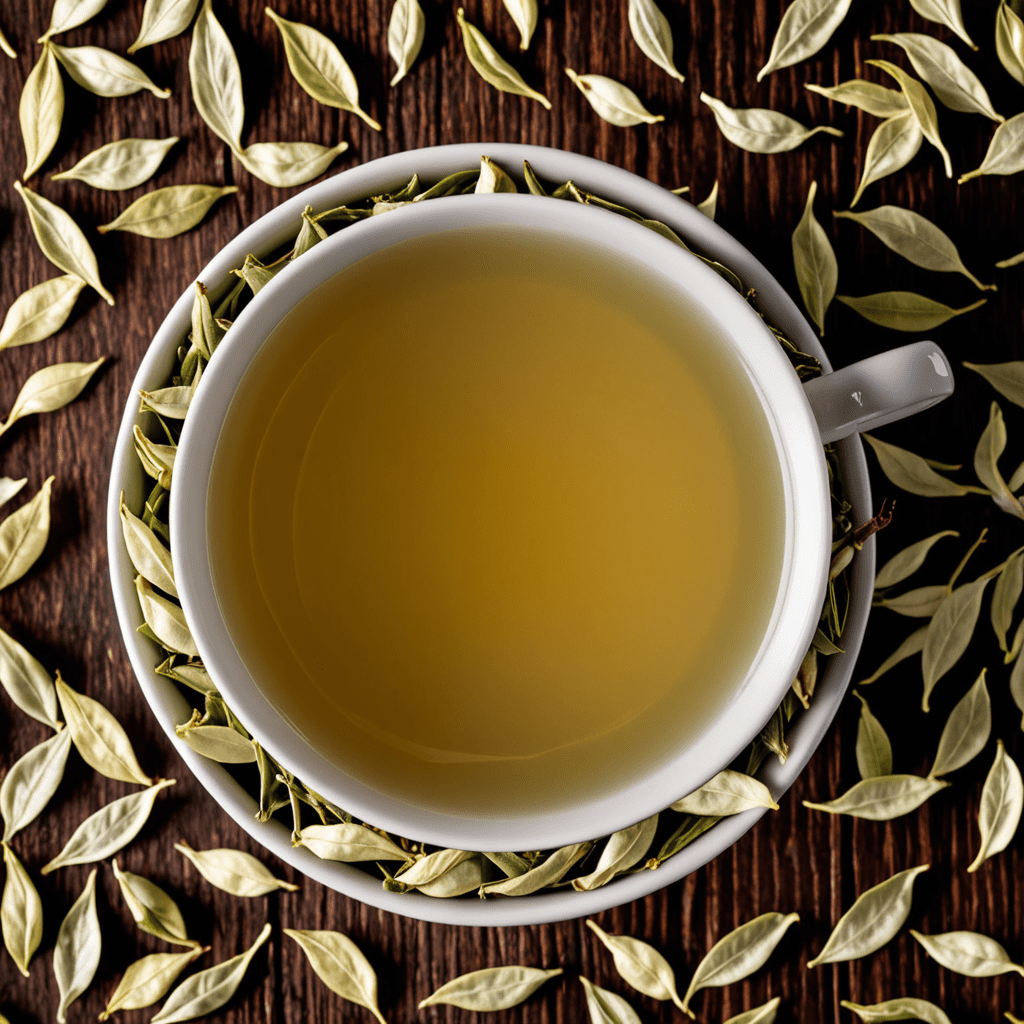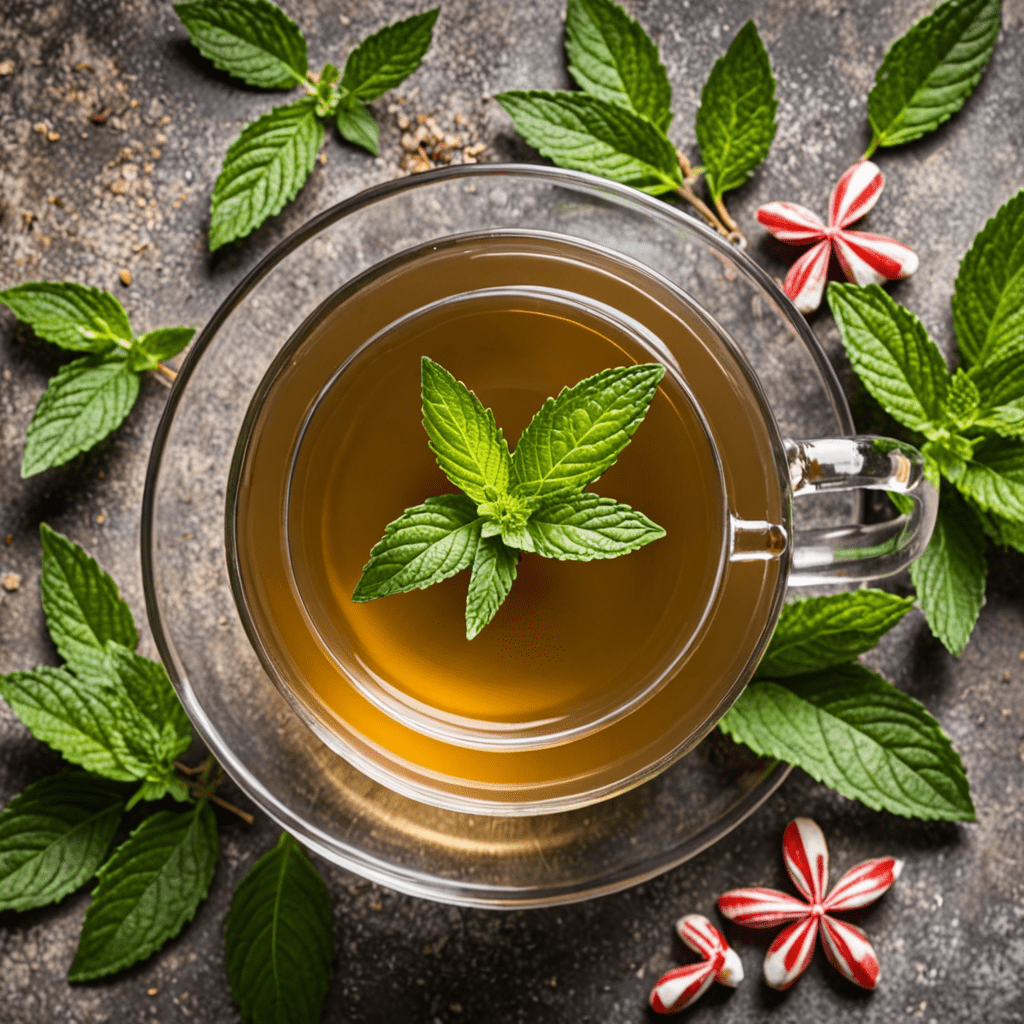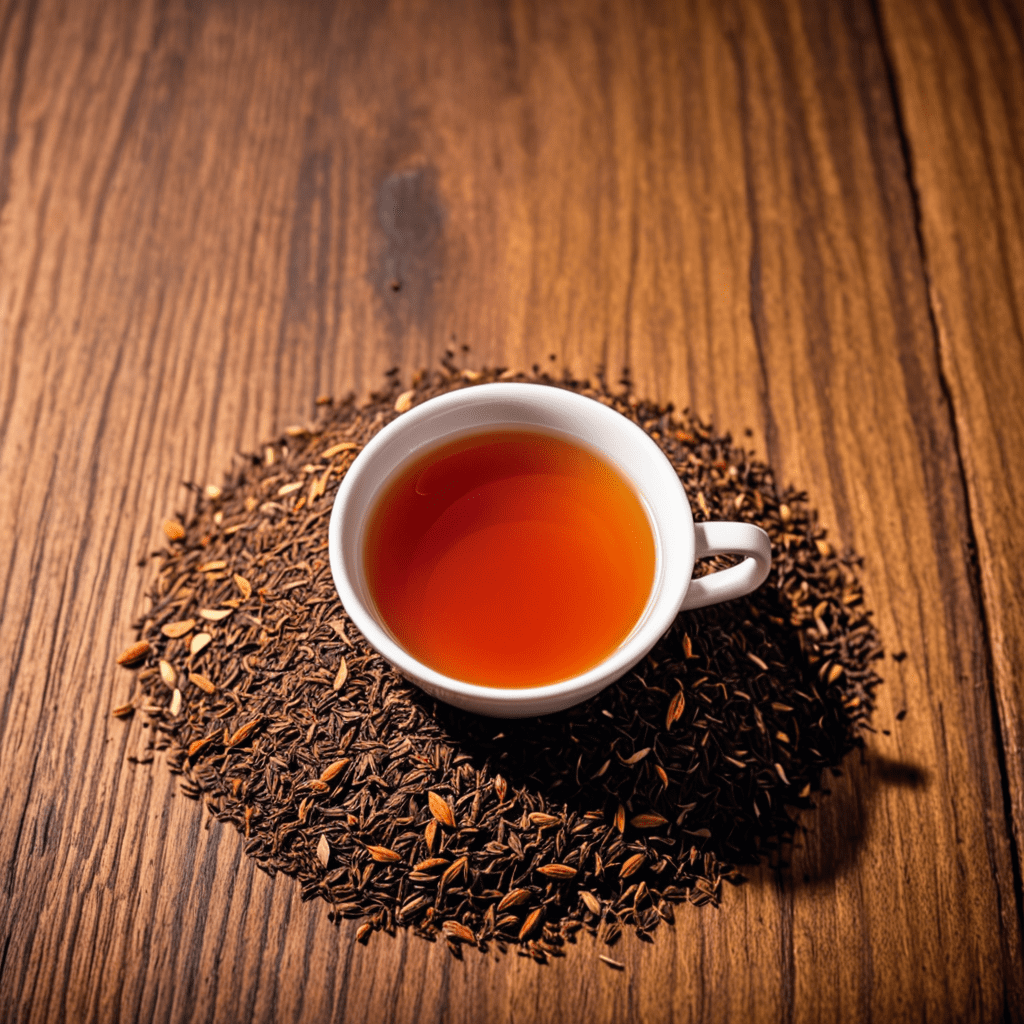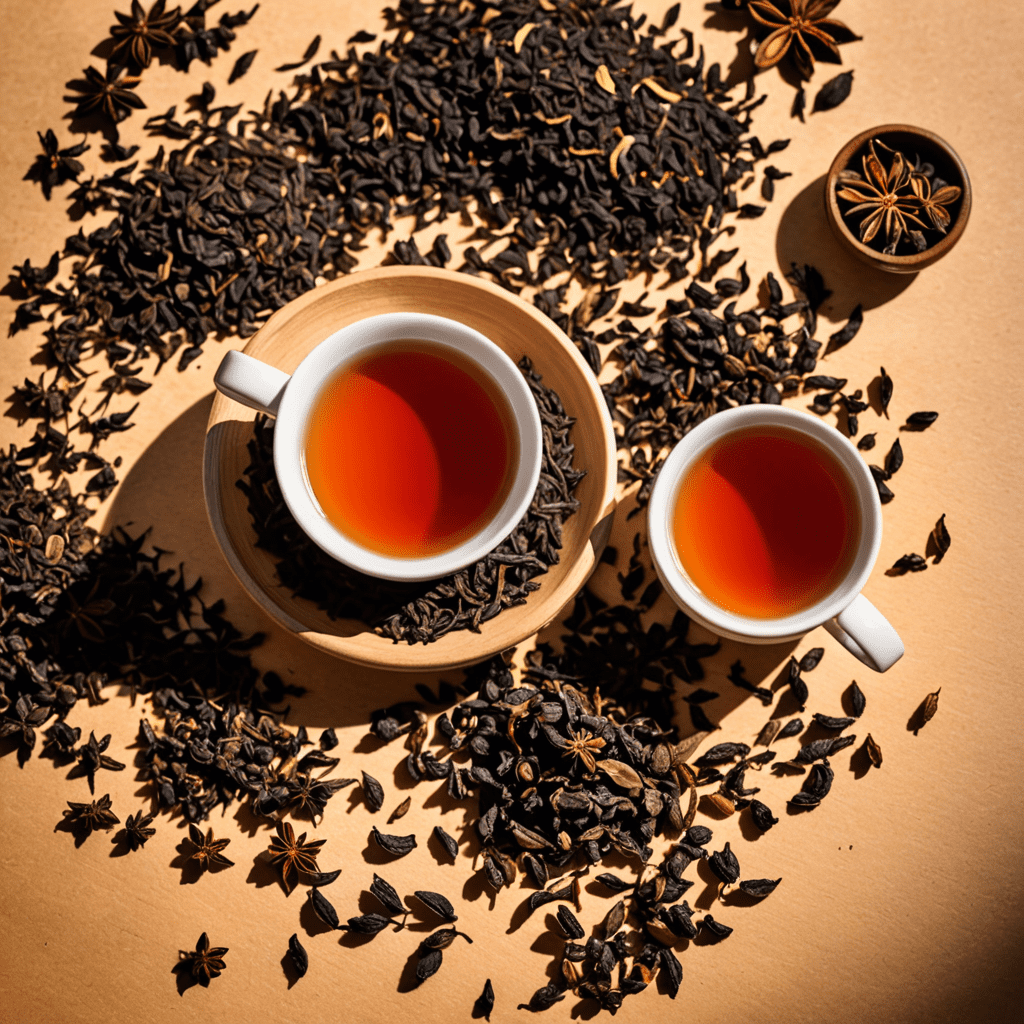Discovering the Delicate Flavors of White Tea
White tea, known for its delicate flavor and numerous health benefits, is a drink that encapsulates both luxury and simplicity. Let’s explore the intricate world of white tea and uncover its unique attributes.
The Origins of White Tea
White tea originates from China, where it has been cultivated for centuries. It is made from the young leaves and unopened buds of the tea plant, and is minimally processed. This minimal processing allows the delicate flavors and natural sweetness of the tea to shine through.
The Art of Brewing White Tea
Brewing white tea requires attention to detail. The water temperature should be around 175°F (80°C), and the steeping time is typically between 1-3 minutes. Using a clear glass teapot can enhance the experience, allowing you to witness the beautiful unfurling of the tea leaves.
Flavor Profile of White Tea
White tea is appreciated for its subtle, nuanced flavors. It often boasts a floral and slightly sweet taste, with hints of honey and apricot. Some varieties may have a grassy or herbal undertone, while others may exhibit a more fruity or citrusy aroma.
Health Benefits of White Tea
Aside from its delightful taste, white tea is also renowned for its health benefits. It is rich in antioxidants, which can help protect the body from oxidative stress. Additionally, white tea has been linked to improved skin health, heart health, and a strengthened immune system.
Popular Varieties of White Tea
Several popular varieties of white tea exist, each with its own distinctive characteristics. Silver Needle, also known as Baihao Yinzhen, is renowned for its delicate flavor and silver-colored buds. Bai Mudan, or White Peony, is slightly bolder in taste, with both buds and leaves used in its production.
Pairing White Tea with Food
White tea’s gentle flavor makes it an excellent companion to an array of foods. It pairs wonderfully with light and subtly flavored dishes such as steamed fish, fresh salads, and delicate desserts like macarons or fruit tarts. The tea’s delicate profile also makes it an ideal accompaniment to afternoon tea cakes and scones.
Exploring White Tea: A Delight for the Senses
Exploring white tea is a sensory adventure, where delicate flavors and fragrances intertwine to create an experience that is both captivating and soothing. Whether enjoyed alone or with a delectable pairing, white tea offers a moment of calm in a busy world, inviting us to appreciate the simple elegance of a well-crafted cup of tea.
FAQ About Discovering the Delicate Flavors of White Tea
What is white tea?
White tea is a type of tea made from the young leaves and buds of the Camellia sinensis plant. It undergoes minimal processing, allowing it to retain its delicate flavors and natural properties.
How is white tea different from other types of tea?
Unlike green or black tea, white tea is minimally processed and has a lighter flavor profile with subtle floral, fruity, and sweet notes. It also contains a lower caffeine content compared to other types of tea.
What are the health benefits of white tea?
White tea is rich in antioxidants and may have potential health benefits, including promoting heart health, improving skin elasticity, and supporting overall well-being. However, more research is needed to fully understand its effects.
How should white tea be brewed to bring out its delicate flavors?
To enhance the delicate flavors of white tea, it is best to use water that is around 175°F (80°C) and steep the tea for 1-3 minutes. Using a glass or porcelain vessel is recommended to appreciate the light color and subtle aromas of white tea.
Are there different varieties of white tea to explore?
Yes, there are several varieties of



